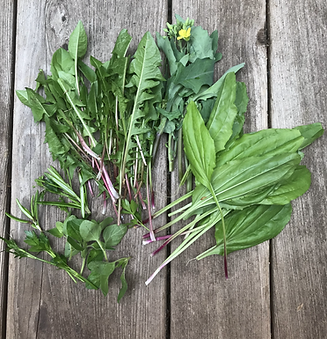ANCESTRAL TRADITIONS
Traditional Cooking
Traditional cooking methods maximized the nutritional availability of food. Knowledge was passed from one generation to the next. For example, Native Americans knew to soak corn in an alkaline solution to access vitamin B3. Today, fermented foods such as kim chi and sauerkraut aid digestion by introducing beneficial bacteria. In our busy, fast-paced modern world, many traditional foods have been pushed aside and replaced by more convenient, and less healthy, alternatives. Learn how you can incorporate traditional foods to regain your health.

Herbalism
Are herbs medicine or food? They're both! Medicinally, an herb is a plant or part of a plant that offers therapeutic solutions. Herbalism has been part of human healing for thousands of years. It is still an integral part of the medical system in many parts of the world. One does not need to wait for illness to seek out herbs. When used in daily life, herbs support a healthy body. For example, parsley is a delicious key ingredient used in a Lebanese fattoush salad. It is also a nutrient powerhouse full of antioxidants that supports healthy bones and the heart, and regulates blood sugar levels. Eating an array of biodiverse plant foods and foods high in inulin (chicory root, asparagus, onions) help feed the intestinal flora to support a healthy microbiome.
Ancestral Connection
We are unique individuals connected to a myriad of ancestral roots. Arctic natives consume large quantities of whale blubber while traditional east Asian diets include lots of vegetation and rice. There is not one diet that fits all people. Reconnecting with our ancestral roots will reconnect us with the foods that nourish our individual needs.
